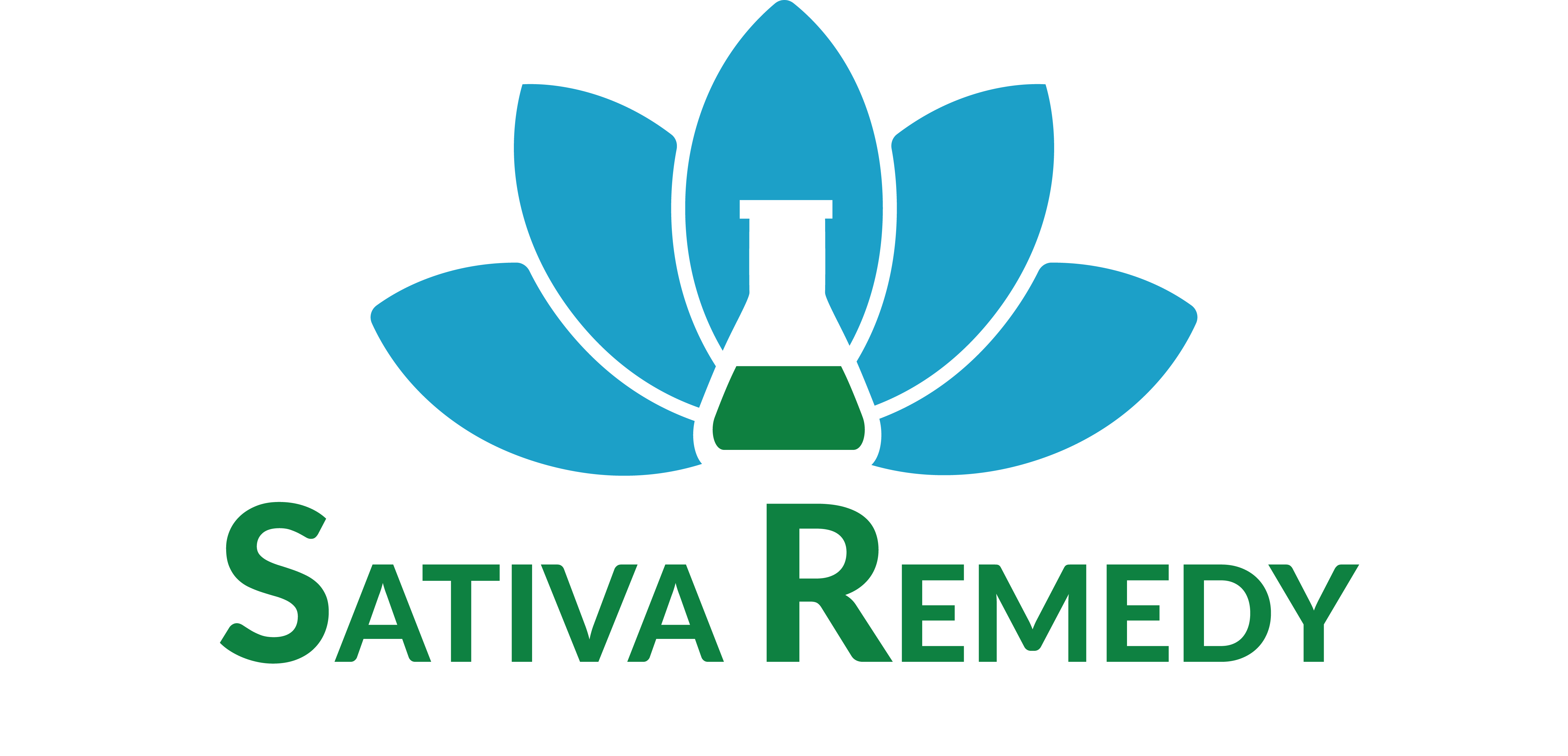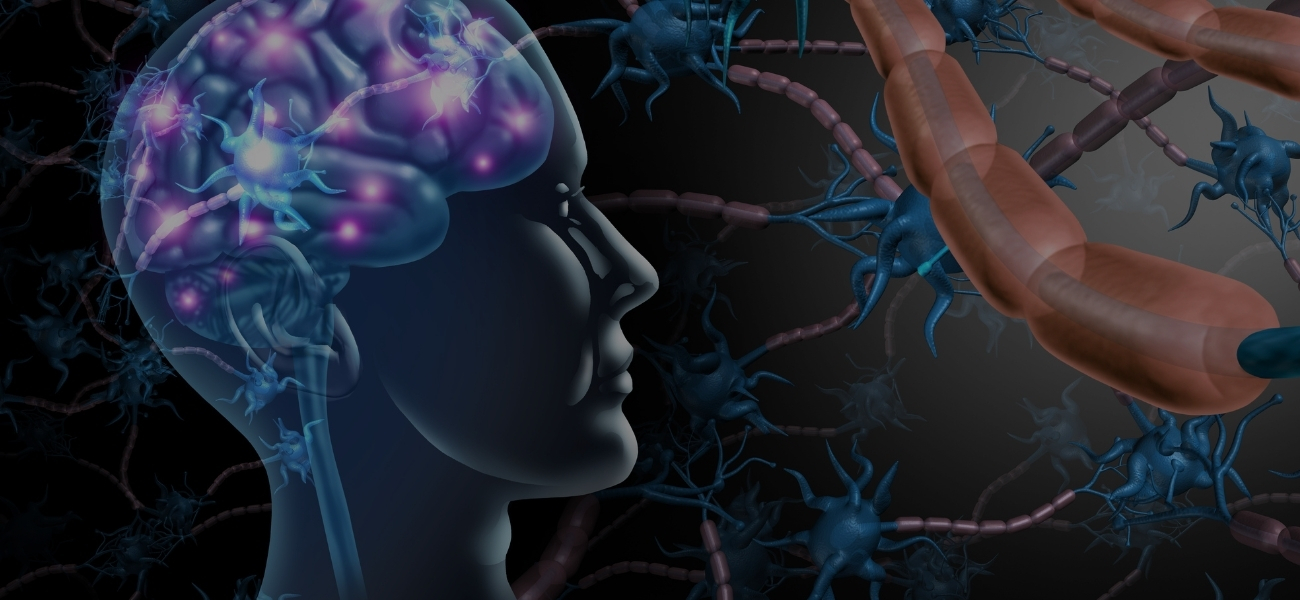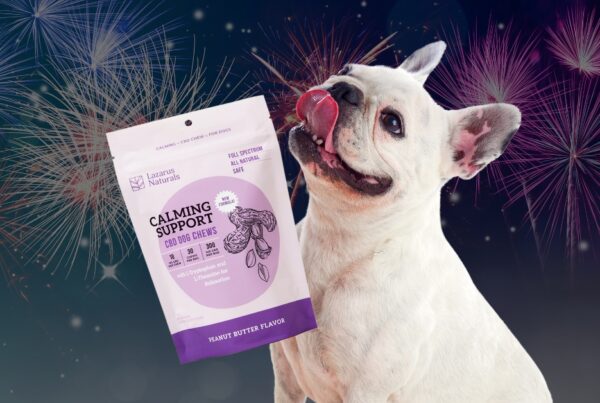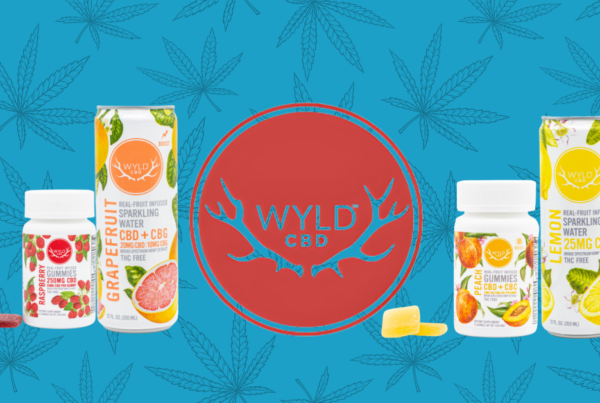Did you know that not all of the hemp plant’s cannabinoids get us high? After all, CBD, the dominant chemical compound in the plant, has zero intoxicating properties. It’s even regarded highly for its potential therapeutic uses. What is CBG? Another nonintoxicating cannabinoid in the hemp plant that is truly worth exploring with the nickname “the mother cannabinoid.” CBG is not quite as well-known as CBD, or THC for that matter, but it’s actually one of the most well-researched cannabis derivatives, so there’s a lot that we know about what it can offer.
As the hemp industry continues to grow, more and more CBG products are popping up on the market. And, there’s a good reason for that. You see, CBG is proving to be an incredibly useful cannabinoid. One that is even providing many people around the world with specific potential benefits that are improving their quality of life. So, if you’ve been on the fence about trying CBG, or haven’t heard of it before, allow us to share everything there is to know about it. Specifically in terms of its effects, properties, potential risks, and more.
CBG 101
CBG (cannabigerol) is a naturally occurring cannabinoid in cannabis – in other words, it’s found in both hemp and marijuana. CBG is nicknamed “the mother cannabinoid” for a reason. We know that the mature flower buds of the hemp plant contain overall 100 individual cannabinoids, like CBD, CBC, CBN, etc. All of these cannabinoids, however, start out as CBG.
In immature hemp, there’s just one cannabinoid, which is CBG. As the plant matures, CBG splits off into the 100+ cannabinoids we know of today. This means that any cannabinoid that you consume started out as cannabigerol. This explains why all cannabinoids are isomers of one another – in other words, rearranging the molecules in one cannabinoid converts it into another cannabinoid, like creating a delta 8 THC product by simply rearranging the molecules in CBD.
CBG was discovered several decades ago, which is good news, because it means that at this point, we actually know quite a bit about it in terms of its chemical structure, relationship to the endocannabinoid system, and various properties. Since there’s a lot of research-backed data out there, we can actually offer a pretty decent outline of what it’s capable of.
Will I Get High Off of CBG?
Like we said earlier, cannabigerol is not intoxicating. Even in very high doses, you won’t get high off of CBG in any way. This is because not all cannabinoids in cannabis work with the same cannabinoid receptors in the body. Particularly, certain CB1 receptors in the brain are associated with the psychoactive effects we get from certain cannabinoids, like THC. Psychoactive cannabinoids attach to these receptors, producing an intoxicating response in the nervous system. CBG simply doesn’t have any interest in attaching to those particular receptors. So, similar to CBD, CBG is strictly non-psychoactive.
Does CBG Offer Any Benefits?
CBG may not interact with specific cannabinoid receptors associated with intoxication, but it does work with many other cannabinoid receptors in the body. These cannabinoid receptors belong to the endocannabinoid system, which uses cannabinoids to regulate physiological processes by sending them to different receptors located in all bodily systems. CBG attaches to specific cannabinoid receptors to regulate certain processes that affect how the body functions.
As mentioned earlier, CBG is a cannabinoid that was discovered several decades ago. Hence, there’s lots of research still to be conducted about its potential properties.
- CBG may support the uptake of serotonin, which can have positive effects on mood, as well as appetite and nausea, as both of these digestive functions are largely regulated by serotonin levels. CBG may also boost cognitive function due to its effect on serotonin, which would explain why so many individuals who take it report having better concentration, motivation, and mental stamina.
- CBG has been studied to be one of the strongest anti-inflammatory cannabinoids that we know of so far. This particular property has been studied extensively over the years, and it seems to relate to the cannabinoid’s high affinity for CB2 receptors – cannabinoid receptors that are found in the immune system, where the inflammatory response is regulated. CBG may play a role in help reduce some discomfort caused by inflammation, while also potentially minimizing symptoms related to inflammatory conditions.
- CBG has been studied for its effects on glaucoma, as the cannabinoid seems to have the distinctive ability to interact with cannabinoid receptors in the eyes that correlate to pressure.
- CBG can support the body’s anandamide levels. Anandamide is an endocannabinoid (a cannabinoid produced in the body) which serves as a neurotransmitter, and is believed to have a notable effect on sleep, mood, and appetite.
- CBG may play in supporting health bladder function, and researchers believe that it may play a role in balancing gut health.
- CBG’s potential anti-inflammatory properties have been shown to have a restorative effects on those who have IBS (irritable bowel syndrome), by regulating inflammation within the digestive tract.
Disclaimer: These statements have not been evaluated by the Food and Drug Administration. The products discussed are not intended to diagnose cure, prevent, or treat any disease. Sativa Remedy always recommends when and wherever possible that licensed local healthcare professionals be consulted.
Is CBG Legal?
It turns out that CBG is perfectly legal, as it fully complies with the 2018 Farm Bill, which legalized any and all hemp derivatives that contain a maximum of 0.3% delta 9 THC. CBG is a different cannabinoid from THC, and so there is no limit to how CBG products may be sold, how strong they may be, or how much can be purchased or in possession at any given time. While some states across the country have banned specific intoxicating cannabinoids, CBG is legal in all 50 states as it is nonintoxicating.
Now, keep in mind that this only applies to cannabigerol that’s extracted from hemp. CBG is the “mother cannabinoid” in both marijuana and hemp, existing in about the same amount prior to maturity. But, with marijuana remaining an illegal plant under federal law, only hemp-derived CBG may be sold lawfully.
Why are Some CBG Products Expensive?
CBG is actually quite costly to extract from the hemp plant. Like we said before, CBG exists only in immature hemp, as once the plant matures, CBG has turned into 100+ other cannabinoids. Harvesting immature hemp is an additional expense among hemp farmers, who must grow a separate crop of plants specifically to be harvested for CBG before the plant is done growing. And, in a young hemp plant, you’ll find only about 1% CBG – compare that to the 20% or so CBD that’s found in mature plants, and you’ll understand the expense. Basically, to yield a decent amount of pure CBG, far more individual plants are required.
Does CBG Come with Any Side Effects?
To date, there have not been any real side effects reported from taking CBG. This cannabinoid does not present any harm, even when taken frequently or in high doses. It also doesn’t seem to cause the potential drowsiness that some users report when taking high doses of CBD, due to seemingly working on different cannabinoid receptors than cannabidiol.
What CBG Product Types Can I Buy?
CBG comes in a variety of product types. Each of these absorbing into the body in its own way, offering a distinctive experience. Remember, when taking CBG, you’re unlikely to feel a change in the body. CBG isn’t psychoactive, so it’s more about taking it daily in order to enjoy the cumulative benefits that it can offer.
- Edibles: CBG edibles, like gummies, offer active effects for up to 8 hours, taking about 2 hours before the effects begin. They’re a great way to take a controlled daily serving of the cannabinoid that’s particularly tasty, as each piece contains an equal amount of CBG.
- Capsules: Capsules are technically a type of edible, but they are consumed by swallowing.
- Tinctures: CBG tinctures contain a purified CBG extract diluted in a carrier oil, and are taken below the tongue, to offer the cannabinoid sublingually.
- Beverages: CBG beverages, like teas, infused waters, etc., allow for slightly better absorption than edibles because of their high water content which enables bioavailability.
Try “The Mother Cannabinoid” for Yourself!
Cannabigerol is a cannabinoid that’s been studied for decades for its numerous potential properties. Plus, it’s a fantastic choice for anyone looking to engage in a hemp routine without any psychoactive effects. At Sativa Remedy, you can find a generous selection of top-shelf, lab-tested CBG products that each provide the body with the ideal serving of this extremely valuable hemp derivative. Explore our selection today!






Recent Comments